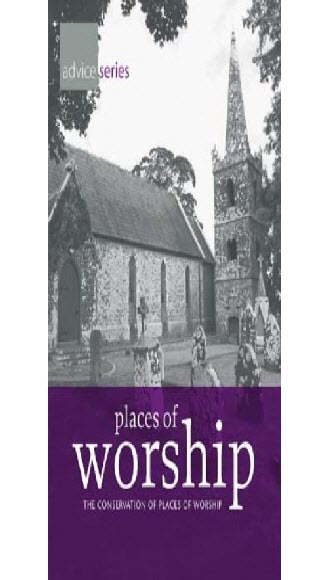Guidelines and advice
These are some guidelines and advice for stone wall building, building energy rating, architectural heritage protection for places of public worship.
For more information, consult How to build or repair a dry-stone wall or Conservation Guidelines – Stone Walling [PDF,245.83KB].
Guidelines for stone wall building
Dry stone walls (double)
- Always wear gloves, goggles and safety boots
- Always use local stone
- Lay foundations with flat stones wider than wall
- Where possible use wooden profiles and lines
- Keep the best stone for piers and corners
- Study local techniques in nearby walls
- Always lay stone on its bedding horizontal plane
- Use numerous long bond-stones through the wall
- Never lay stones vertically or diagonally
- Never allow stones to rock – always pin them with spalls
- Use spalls to fill gaps between stones
Copings
Copy local, traditional capping methods, for example
- Large, heavy rounded stones wedged together
- Narrow, flat stones on edge, wedged together
- Other local, traditional methods, seen on nearby old walls
Coping may over-hang walls to protect them from rain and frost
Mortared walls
- Use protective gear and clothing
- Lay concrete or wide stone foundations
- Always use local stone
- Use wooden profiles and lines
- Study local, traditional techniques
- The mortar should be lime-rich (hydraulic lime)
- Build walls in courses 14” to 18” high
- Lay stones horizontally in courses
- Finish and level courses before starting next one
- Never lay stones vertically or diagonally
- Use numerous long bond-stones through the wall
- Keep the best stone for piers and corners
- Pack the wide mortar joints with spalls
- Clean off projecting mortar with the side of the trowel
- Avoid if possible concrete block inner-leaves
- Repair gaps and breaches in walls using the same size stone and techniques as in the old wall.
Pointing and re-pointing stone and brick
- Pointing stone walls should always be done with cement-free, hydraulic lime mortar
- Mix lime mortar with course aggregate
- Always wet wall before pointing
- Rake out old mortar to over 1 inch (25mm)
- Only re-point where necessary
- Never use raised (strap) or weather pointing
- When mortar has dried, dust it with a brush
- Use spalls to pack large mortar joints
- Use a pointing tool or flat iron to compress mortar – never a trowel
- Never point over the stone surface
- Pointing should be finished flush with the stone
- Pointed joints should be narrow
- Rake out joints by hand – not with an angle grinder.
Building energy rating
From the 1st January 2009 a Building Energy Rating (BER) is required for the sale or letting of an existing building. Protected structures, proposed protected structures, buildings protected under the National Monuments Acts, and buildings used as places of public worship are exempt from the requirements of these regulations.
A BER assessment is an assessment of the energy performance of a particular building. It does not bring about any requirement for works to be carried out to an existing building. However, even where a building is exempt from the need for a BER assessment, some owners may nonetheless wish to up-grade the energy efficiency of their property.
While this is welcome, interventions that may be appropriate to a building of modern construction methods and material could have unintended harmful consequences for historic and traditional buildings and the health of their occupants, by promoting condensation and subsequent mould growth. Where surveyors and owners of historic buildings are considering changes to improve the efficiency of their properties they should consult first with Clare County Council’s Architectural Conservation Officer at (065) 6846377 or email: bomuiri@clarecoco.ie
Architectural heritage protection for places of public worship

Church buildings of various denominations constitute a substantial part of our architectural heritage and cultural patrimony. Places of public worship are often the finest and most prominent buildings in their locality and, because of their particular architectural, historical and social interest, proposals to alter such buildings will require careful consideration by the planning authority.
Guidelines produced in Architectural heritage protection for places of public worship are intended as a practical guide to planning authorities and others on the provisions of Part IV of the Planning and Development Act, 2000 as they relate to protected structures which are regularly used as places of public worship. These Guidelines are issued to planning authorities under sections 28, 52(2) and 57(5)(b)(i) of the Act as an expression of the Minister’s policy to which planning authorities are obliged to have regard.
Contact

Ann Marie Cusack
Architectural Conservation Officer
Telephone: (065) 6846457
Email: acusack@clarecoco.ie
Page last reviewed: 09/03/22
Content managed by: Planning Department
Back to topContact
Architectural Conservation Officer
Áras Contae an Chláir
New Road
Ennis
Co. Clare
V95 DXP2
(065) 684 6407
This is just for feedback on our web site, not comments or questions about our services.
To tell us about anything else, go to our contact us pages.
